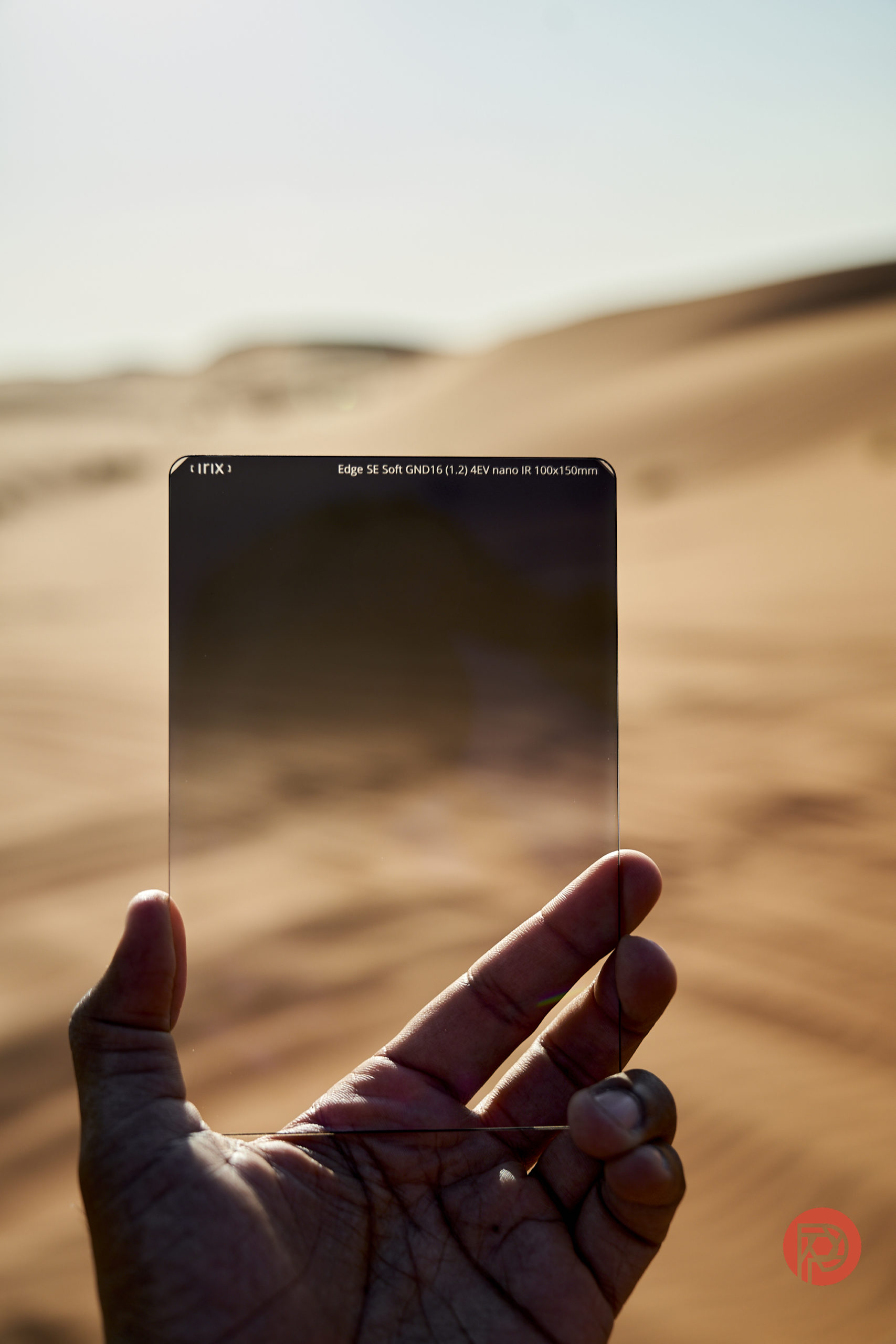The ND filter has been an important part of a photographer’s camera bag for decades. And if you’re just getting into photography, there’s a lot of information about them on the web. But what makes them so useful? And more importantly, what is an ND filter? Well, we’ve reviewed a bunch of them over the years, and we’re going to help sort all the information out there for you.
Table of Contents
What is an ND Filter?
An ND Filter is the shortened name of the product. The full name is Neutral Density filter. It’s called neutral density because it neutralizes the density of so many things in the image. Specifically, it focuses on cutting down the light in specific areas of the scene so that photographers can shoot a photo that wouldn’t otherwise be possible with a single shot. Even an iPhone camera can do a better job if it has a neutral density filter applied to it — despite the tons of calculations happening to the RAW files they produce.
At the most basic level, an ND filter is nothing more than sunglasses for your lens. You wear sunglasses to prevent the bright light of the sun from hitting your eyes, and landscape photographers use ND filters to stop an insane amount of light from hitting our camera’s sensor. Yes, we know it sounds counter-intuitive as we usually want tons of light hitting the sensor. Still, if you have seen and want to create gorgeous landscape images where the clouds are streaking across the skies, or where waterfalls or flowing bodies of water are turned into silky smooth glass or foamy, fluffy water you’re going to need to slow down your shutter speed. To slow down your shutter speed during daylight hours, you need ND filters.
AN INTRODUCTION TO ND FILTERS FOR THE BUDDING LANDSCAPE PHOTOGRAPHER
ND filters come in a variety of strengths. Some people think of them as sunglasses, and that’s indeed correct. But there are also variable ND filters, and photographers should think of those more like transition lenses for eyeglasses. When you’re inside and there’s no UV light, the transition lenses are at their brightest. But the moment you step outside, they activate and polarize. This means that your eyes are protected from harmful sunlight. Variable neutral density filters work in a similar way.
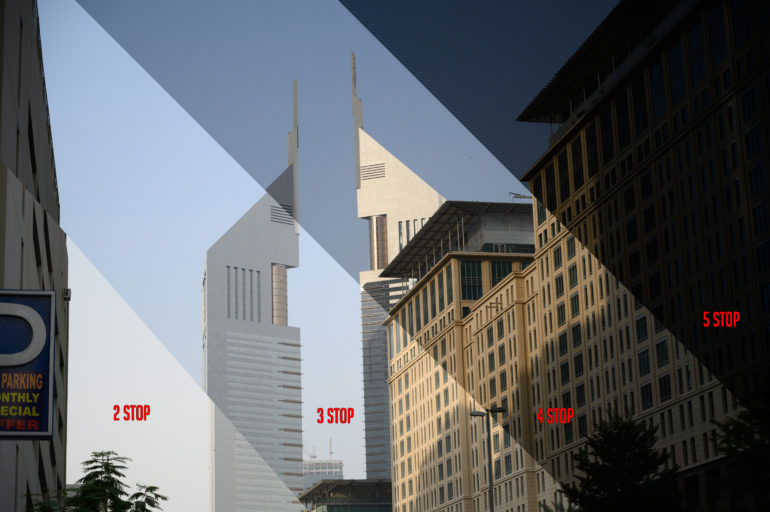
Video shooters absolutely need ND filters in their kit because of the shutter speeds needed for video shooting. Often you’re setting the shutter speed to 1/48th, 1/50th, 1/60th or 1/120th here in America. Those shutter speeds let a lot of light into the sensor. So to cut it down, you use ND filters and lower the ISO while closing the aperture. But the issue here is that sometimes you don’t want the aperture closed down a whole lot because of what you’re creatively trying to put forth.
ND Filters are obviously then used mostly in situations where you have a ton of light available. Whether it’s light across the scene or there are areas of specific high-contrast light, the ND filter is often a tool that photographers use. You’ll often find images online of beautiful landscapes and seascapes. Chances are that the photographer who shot those scenes 100% used an ND filter. Those photographers are probably using something called a graduated ND filter — which has an area of the filter be completely clear while gradually becoming darker on the other end. To really see this effect in post-production, simply load an image into Lightroom, Photoshop, or Capture and create a graduated mask. You’ll see as you drag the mask across the image that there will be areas that are darker and lighter.
ND filters also vary in price due to quality and a slew of other features.
What Do Photographers Use ND Filters For?
So what do photographers really use ND filters for? These days we use them for:
- Seascapes: the high-contrast lighting of the sky against the sea is often a problem for many cameras these days. You can bracket the exposure to get something you can blend together in post-production later on. But that’s a whole lot more work.
- Landscapes: the same goes for the above.
- Flash work: if you’re using really old strobes and flashes, then it probably can’t do what’s called high-speed sync. So you need to use an ND filter to cut down how much light it’s outputting. This is a much more rare case these days, though.
- Just to get a slow shutter speed
That’s pretty much all that photographers use ND filters for these days.
But Do We Still Need Them?
So do photographers still need ND filters in 2023? Well, depending on your camera, the answer might change. For portraiture, we found that an electronic shutter can be a useful alternative.
While many photographers will choose NDs, HSS, or electronic shutter and stick with solely that tool. Others will choose the tool that best fits the vision for the shot. ND filters are best for preserving the flash power and battery, and HSS is best for controlling the balance between ambient light and flash output. The electronic shutter meanwhile, offers the fewest creative tools but remains the simplest way to shoot portraits in bright light.
WHAT IS BETTER FOR EPIC PHOTOS? ND FILTERS FOR PORTRAITS VS. HSS VS. ES
However, shooting portraits with an ND filter is a rare situation. What’s more important is landscapes. And for that, we’re consulting a review that we did earlier this year. Here’s what we stated:
The Irix Edge 100 SR Soft Nano filter is probably something every landscape photographer should have in their bag. I loved seeing how the skies popped when I slid this filter into the holder while previewing the scene in front of me on the camera’s LCD. It’s almost like watching a photo being edited in real-time. Recovering highlights in blown-out skies when you’ve exposed for the foreground is challenging. This graduated ND filter helps you fix the exposure in camera as much as possible without having to take bracketed shots for blending later on.
Junior Photo Editor Feroz Khan stated that even with his newer Nikon gear, the ND filter really helped him get the photograph. If you’re not using a neutral density filter, you’ll have to bracket the shot — in other words, shoot at the exposure, then above and below it. Here’s a full image gallery showing what’s possible.
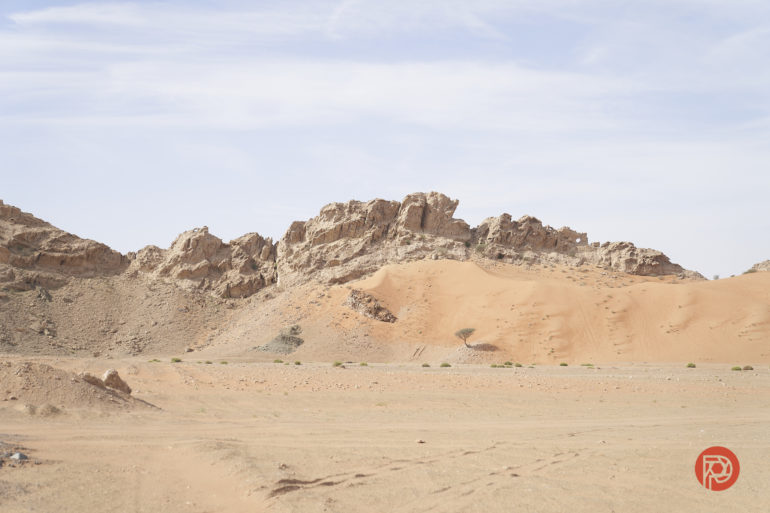
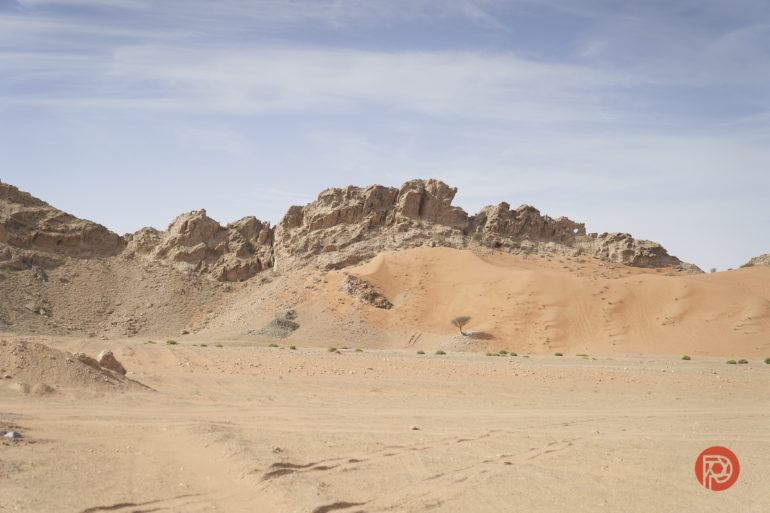
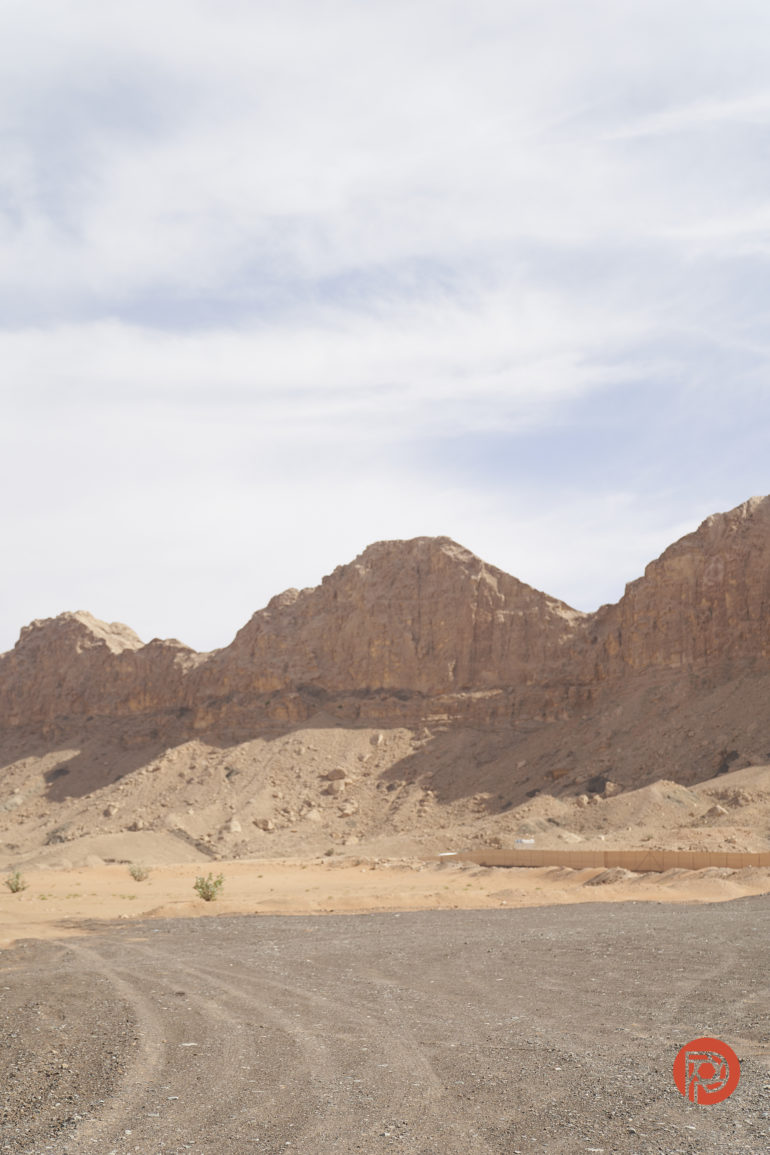
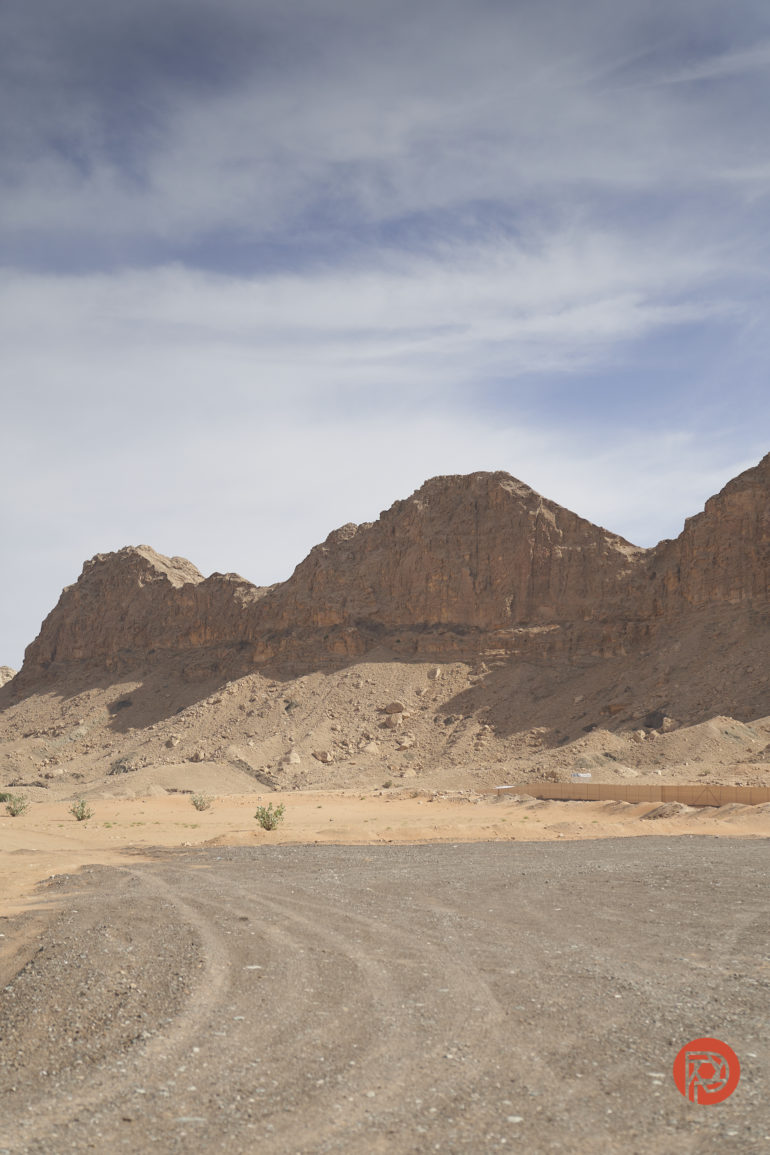
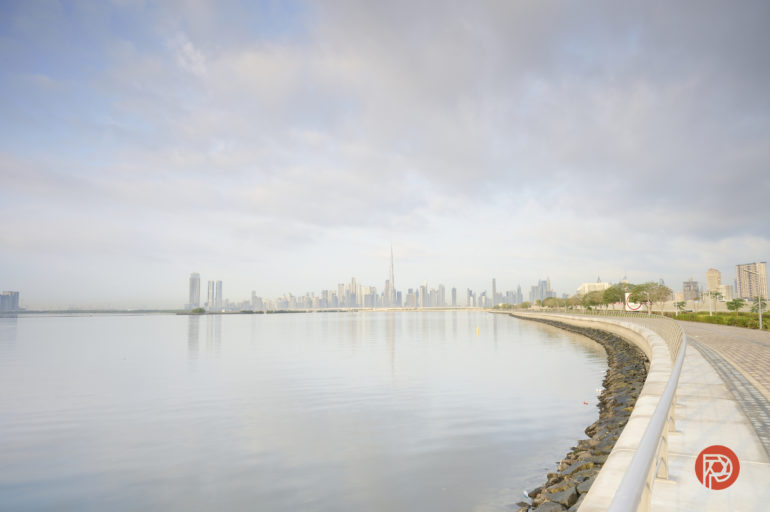
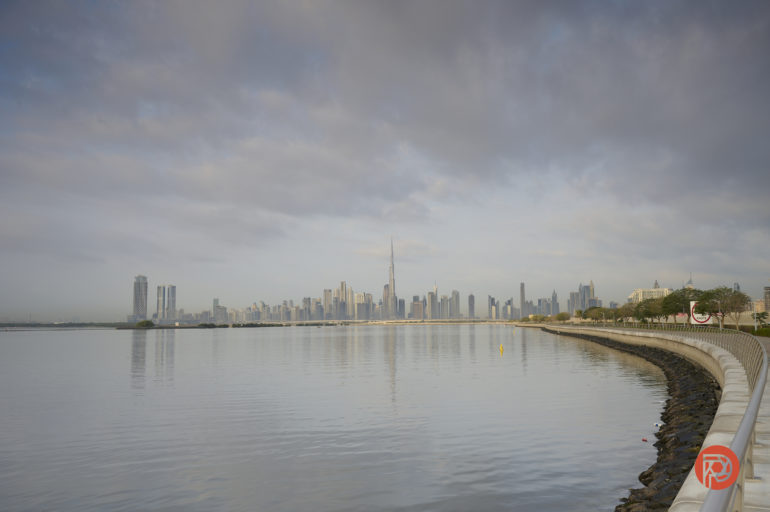
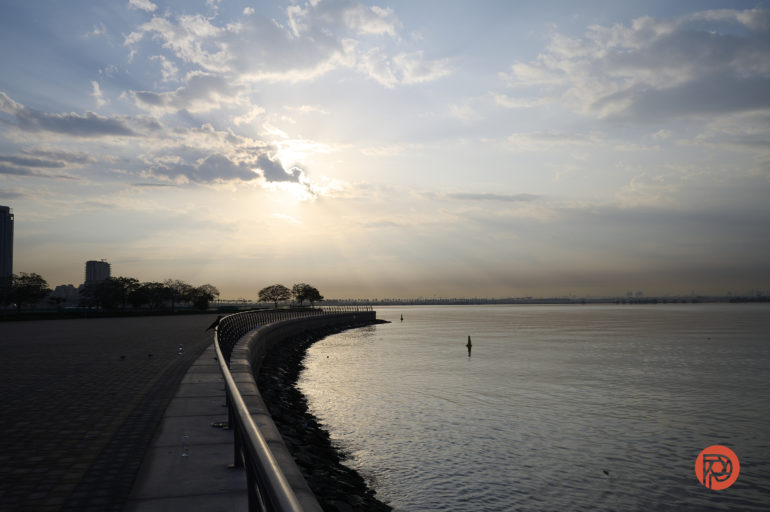
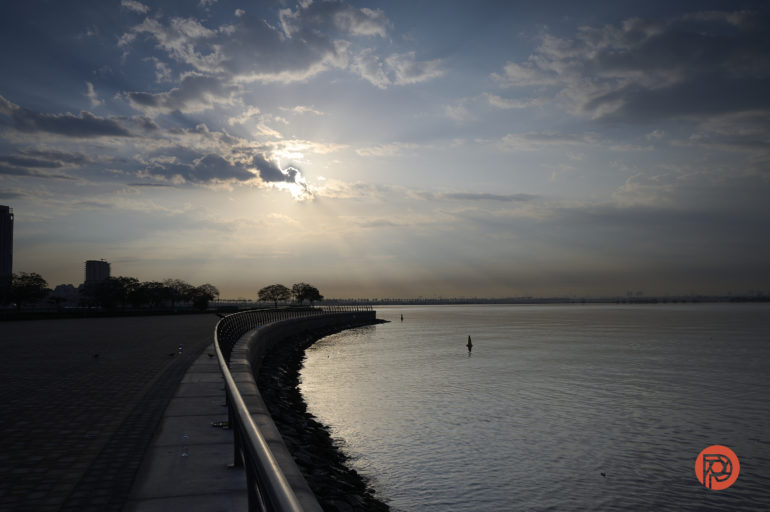
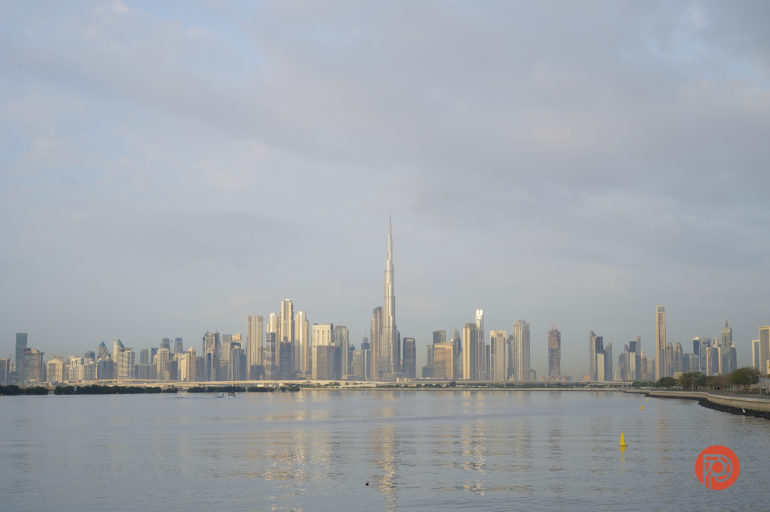
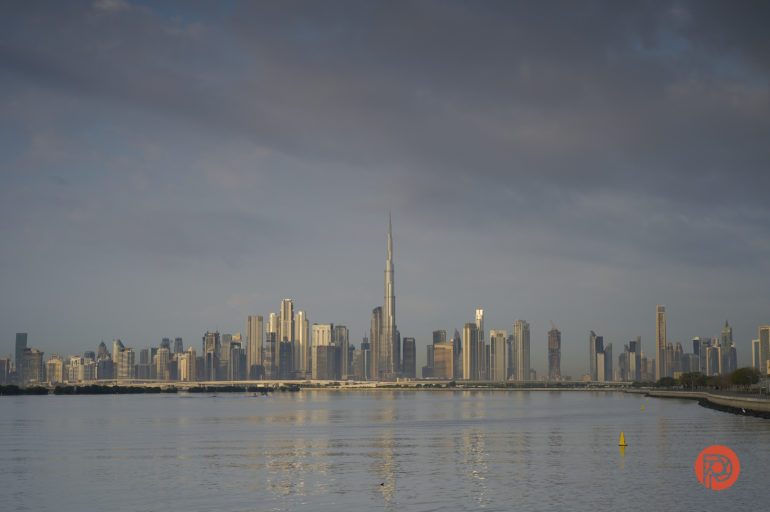
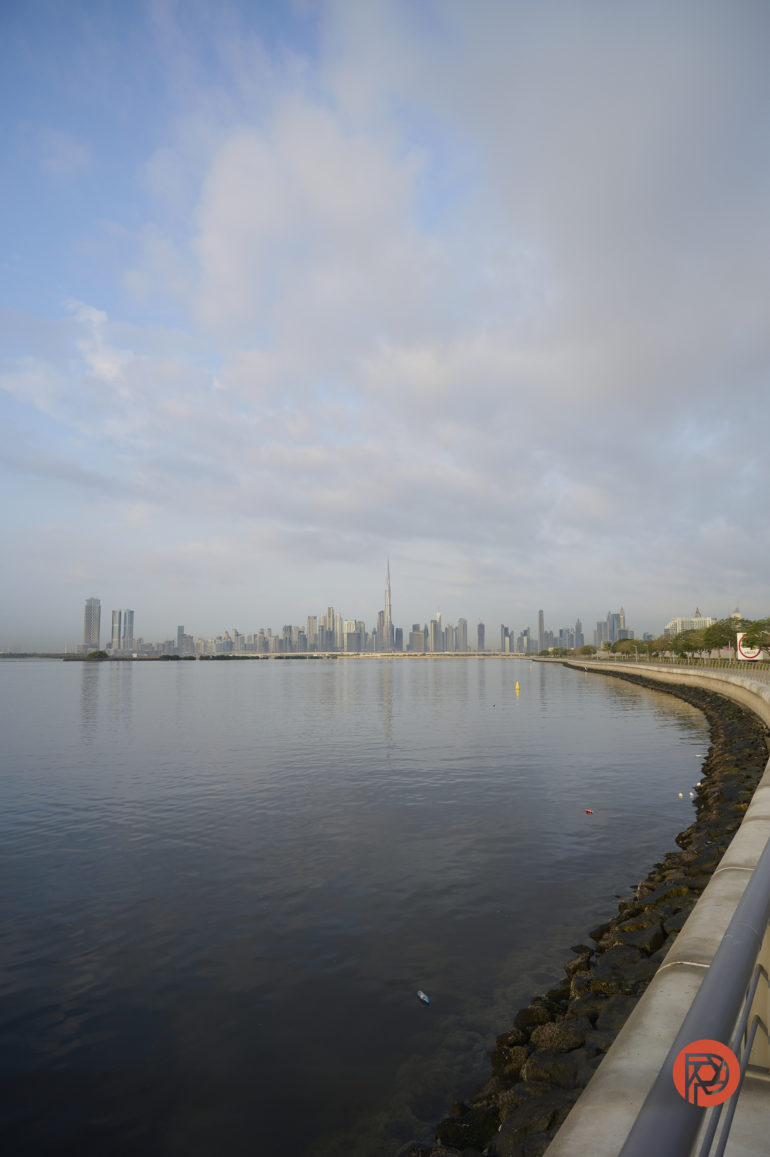
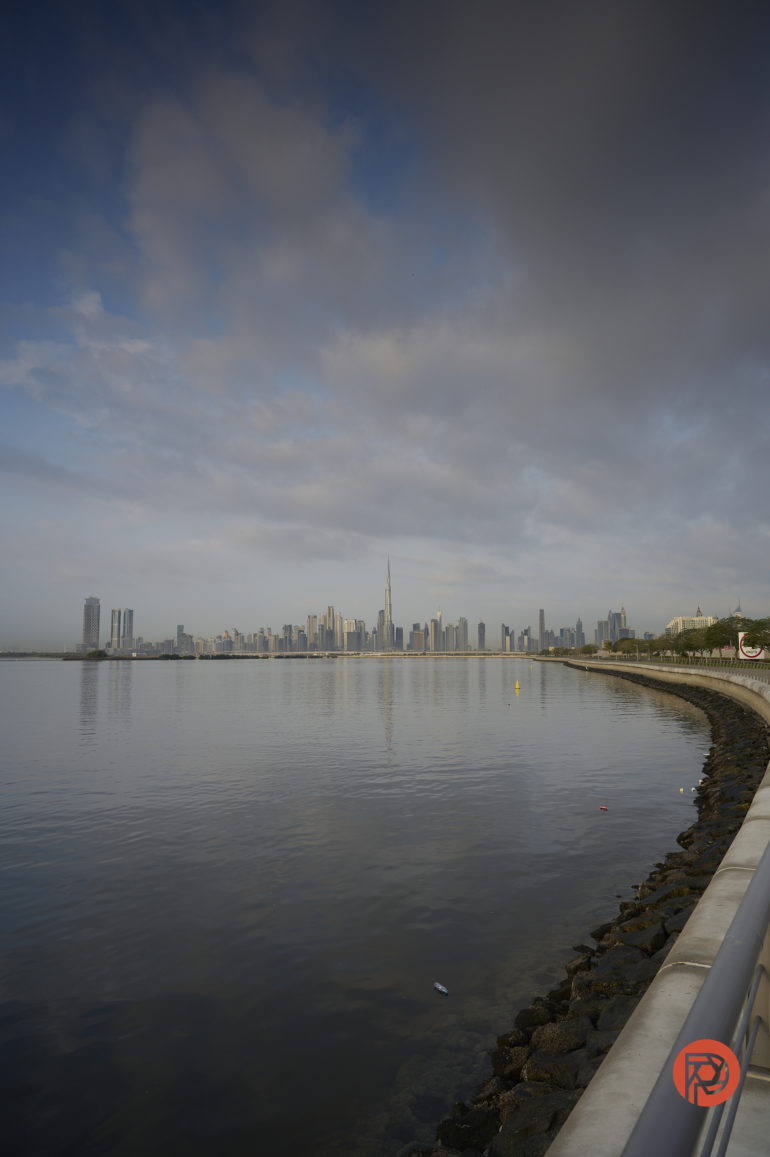
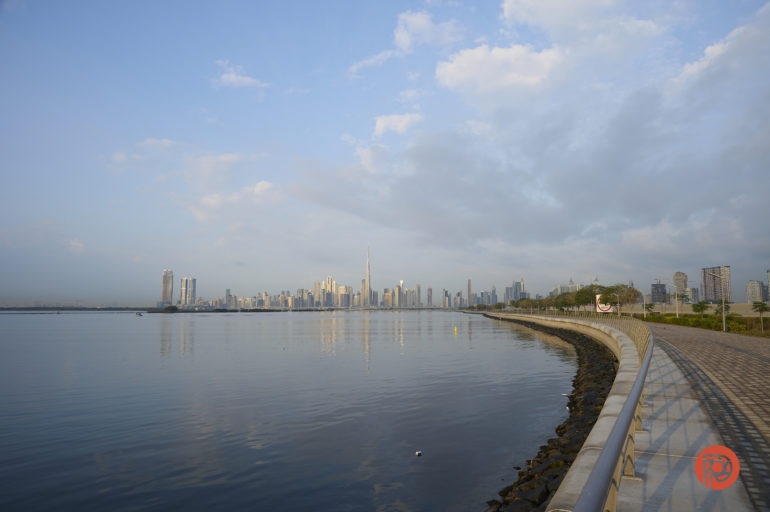
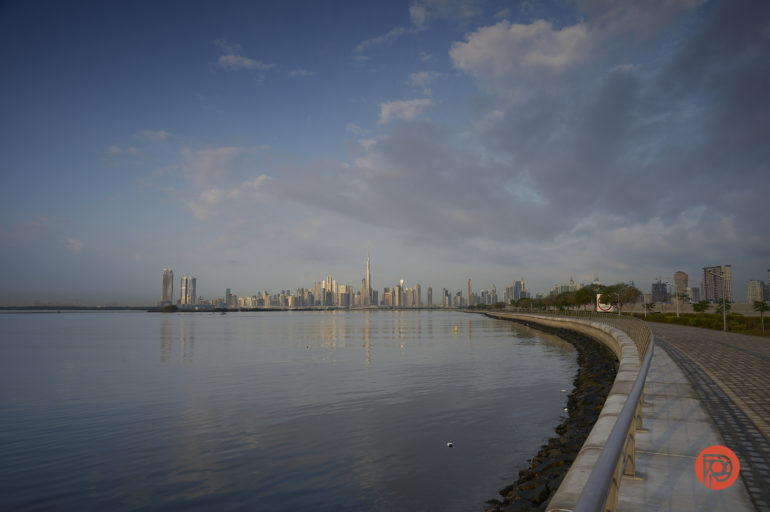
Any photographer can see that they capture a whole lot more detail in a more balanced and neutral image using the ND filter. It gives them more versatility in post-production to then edit a single photo and make a final image that they’re very happy with.


